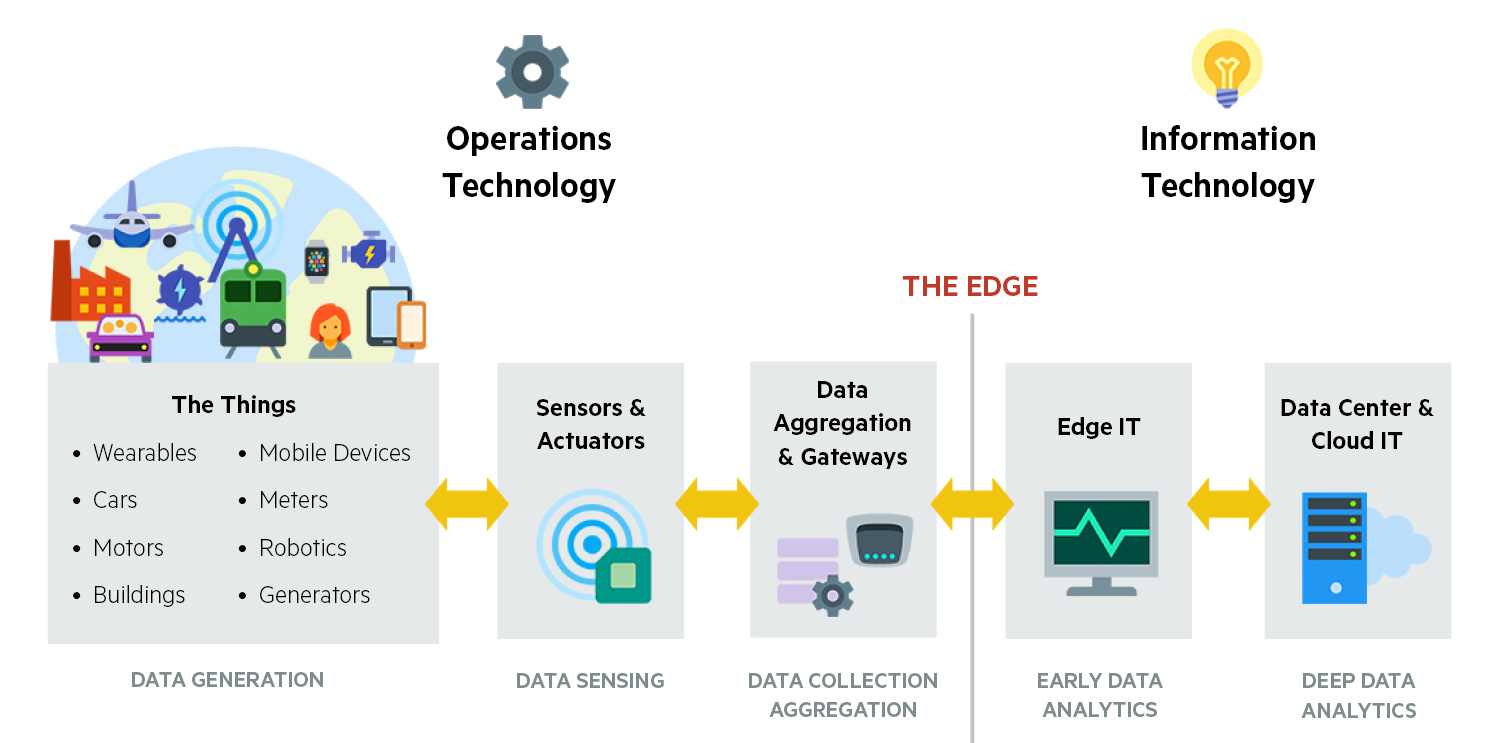Edge Computing: Why the Future of Data Is Closer Than You Think
 Puskar Ray
Puskar Ray
For years, we’ve heard that "the cloud" is where everything is heading. But now, another major shift is happening — and it's bringing data processing closer to where it’s actually needed.
Welcome to the era of edge computing.
In simple terms, edge computing moves computation and storage closer to the devices and people that generate the data, instead of relying solely on centralized cloud servers. It’s a small change that’s creating a huge impact across industries.
Why Move to the Edge?
Here’s the problem with cloud-only solutions: distance creates delay.
When your data has to travel thousands of miles to a server and back, you get latency — and in many modern applications (think self-driving cars, smart factories, real-time gaming), even a few milliseconds matter.
Edge computing solves this by:
Reducing latency
Improving reliability
Saving bandwidth
Enhancing privacy and security
By processing data locally, systems can react faster, keep sensitive data more secure, and ease the strain on networks.
Real-Life Examples of Edge Computing
Edge computing isn’t some futuristic idea — it’s already transforming the world around us:
Autonomous Vehicles: Cars need to make split-second decisions. They can’t wait for instructions from a distant server.
Smart Cities: Traffic lights, security cameras, and utility meters collect and process data on-site to improve urban life.
Healthcare: Wearable devices monitor health metrics and can alert users (or doctors) instantly when something's wrong.
Retail: In-store sensors and kiosks offer personalized customer experiences without relying on a remote cloud server.

Edge + Cloud = Better Together
It’s important to understand that edge computing doesn’t replace the cloud — it complements it.
The cloud remains essential for heavy data storage, machine learning model training, and large-scale analytics. Edge devices handle local tasks and quick decisions, while the cloud takes care of the bigger picture.
This hybrid approach is often called "fog computing," blending the best of both worlds.
Challenges to Watch Out For
As promising as edge computing is, it comes with its own set of challenges:
Device Management: Deploying and maintaining thousands of edge devices is complex.
Security Risks: More entry points mean more opportunities for cyberattacks.
Standardization: Different manufacturers and platforms need to work together seamlessly.
Overcoming these hurdles will be critical to unlocking the full potential of the edge.

Final Thoughts
Edge computing is reshaping the future of technology by making systems faster, smarter, and more responsive.
As 5G networks, IoT devices, and AI continue to grow, the need for local, intelligent processing will only become more urgent.
In short: the future isn’t just in the cloud. It’s right around the corner — at the edge.
Subscribe to my newsletter
Read articles from Puskar Ray directly inside your inbox. Subscribe to the newsletter, and don't miss out.
Written by

